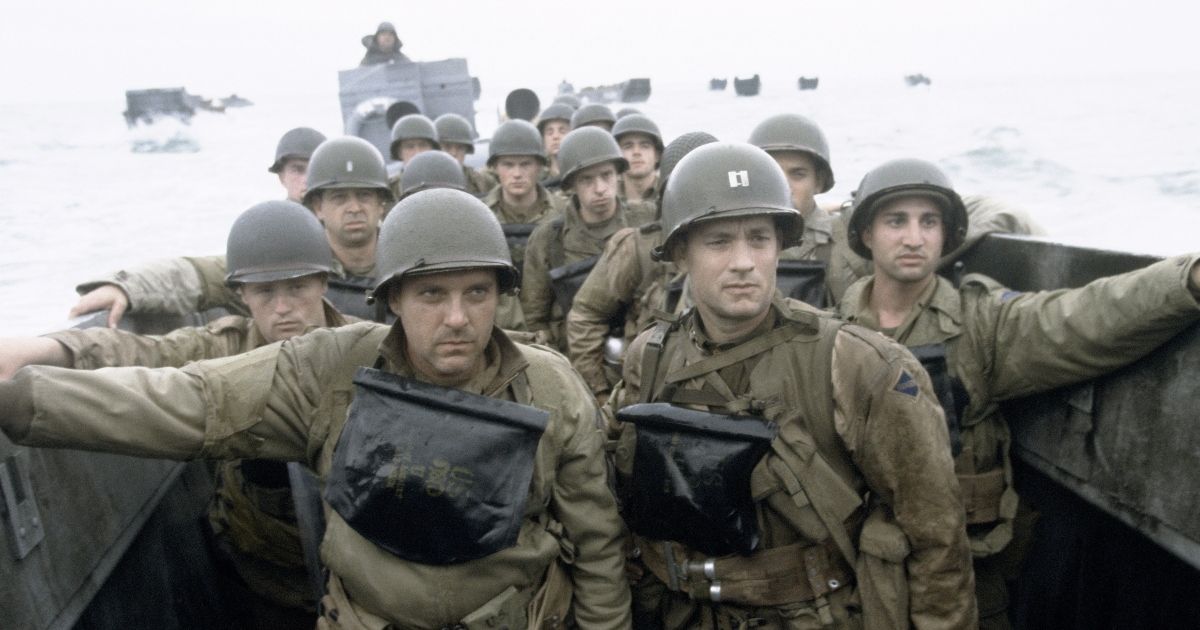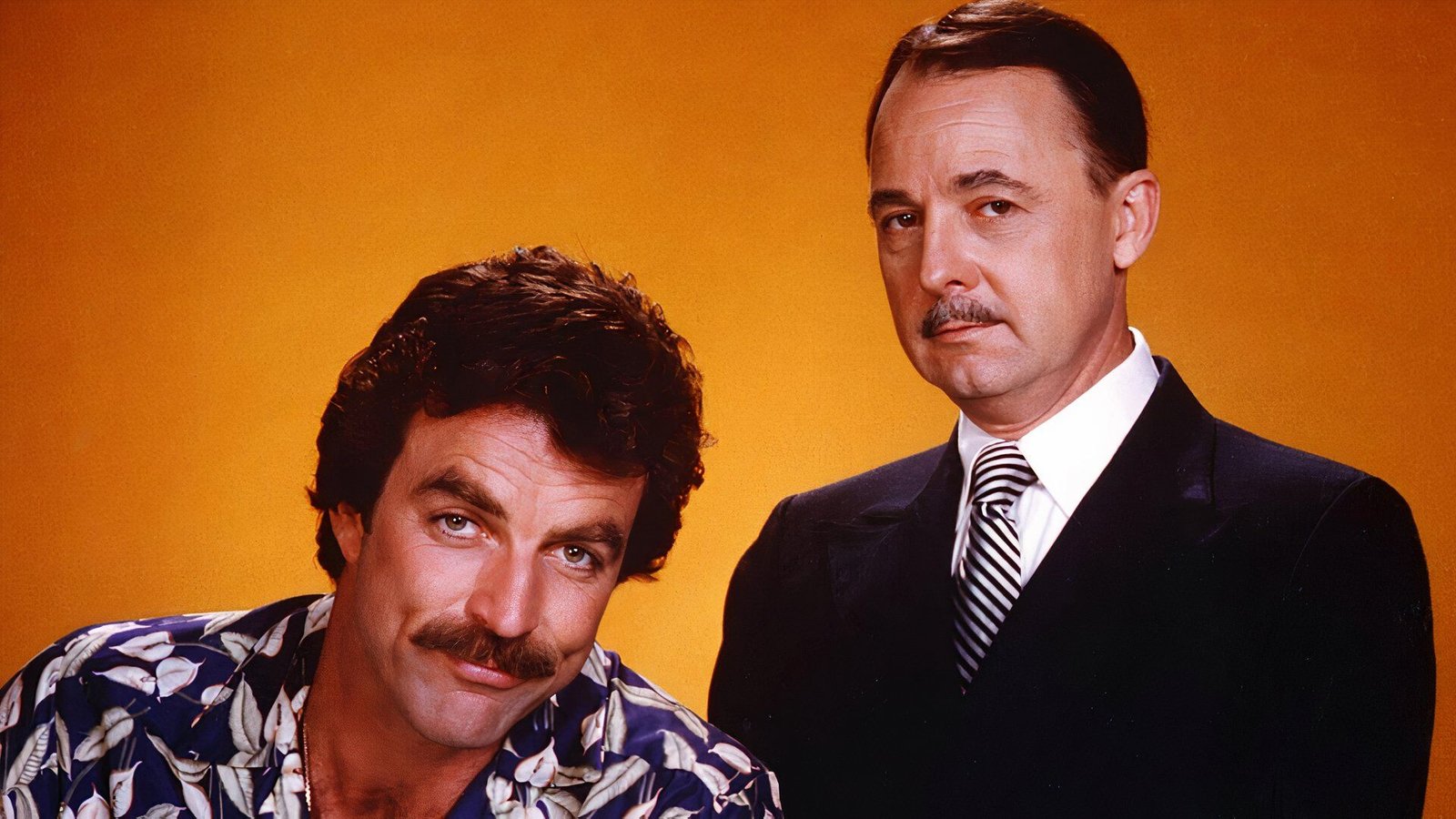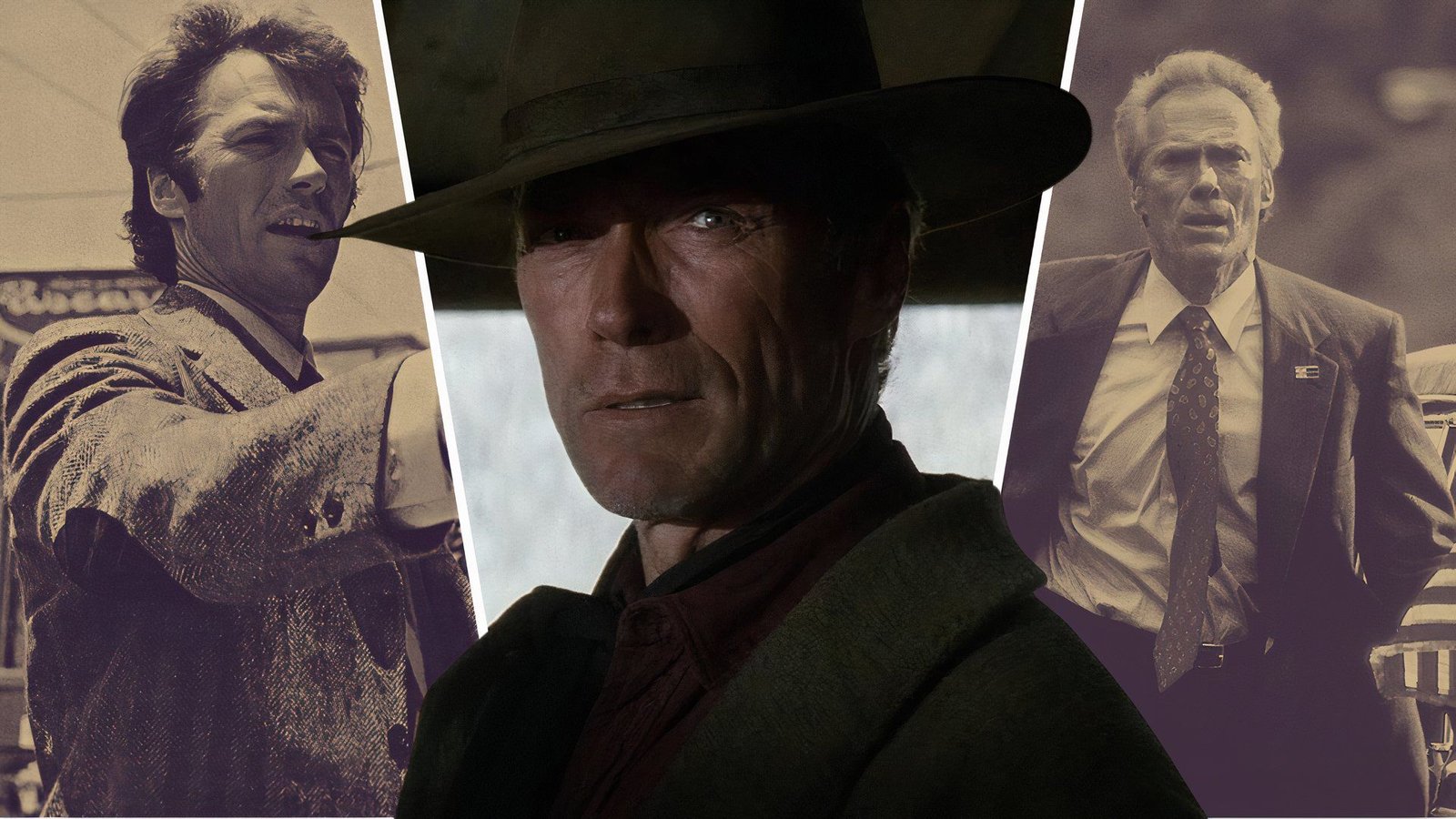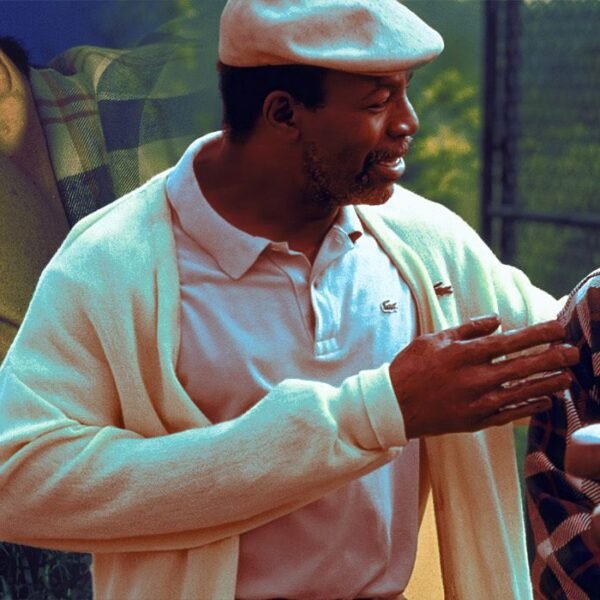Summary
- The ear-ringing shot in films popularized by
Saving Private Ryan
has become an overused trope in cinema. - Steven Spielberg drew influence from earlier films like
Come and See
in using sound to immerse viewers in war experiences. - Despite its impact, the repetitive use of the tinnitus effect in films has become a tired and unoriginal cinematic cliché.
We’ve all been there – sitting in the movie theater. A bomb explodes within feet of the protagonist. The film’s sound goes silent. A nearby soldier clutches a detached limb as though it can be easily bolted back on. The film moves into a lower, skippy frame rate, and then the buzz begins: “Eeeeee” The sound, sometimes in glorious THX, tests a few rarely-used frequencies in our ears. It is meant to imbue a condition called tinnitus – a persistent ringing in the ears.
It is one of the most overused tropes in all of film, the aural trauma shot, and yet… it continues. A recent episode of Fallout confirmed as much, when Maximus gets caught by the Brotherhood of Steel’s hovering death crafts, with a nearby explosion ringing his, and the audience’s, ears. It has different names: the aural trauma shot, the ear-ringing shot, the tinnitus shot. But we all know it… all too well.
In 1998, Steven Spielberg made one of the most ambitious war films to date – Saving Private Ryan. One of the hallmarks of the film was the U.S. Army landing at Omaha Beach, aka Normandy, France. These brave soldiers met a heavily-fortified German force, with machine guns hidden in concrete bunkers waiting to greet the U.S. Army. When Captain John H. Miller (Tom Hanks) storms the beach, he goes into shock, never more so than when artillery explodes feet away from him, leaving a fellow soldier trying to re-attach a limb with an eerie calm. The brain-shaking ring begins – it wasn’t the first time this effect was used. Frankly, it’s an effect that filmmakers just can’t resist using… over and over and over.
The Origin of the Sound Effect
While Saving Private Ryan gets the lion’s share of the credit for the ear-ringing trend, it actually has earlier roots. The first notable example was in Neil Simon’s The Out of Towners, a disastrous comedy in which Jack Lemmon and his wife visit New York City, only to get mugged, harassed, and eventually kidnapped. The whole movie is an assault on the senses from a cacophonous, crime-ridden Manhattan – and a sewage manhole exploding out of the street leaves Lemmon’s character experiencing the ear-ringing effect.

Saving Private Ryan 25 Years Later: Why It’s the Best War Film Ever Made
With this year being the 25th anniversary of Spielberg’s World War II epic, we take a look to see why it could be the best war film ever made.
Spielberg likely drew his influence from two other films, however. One came the year before Saving Private Ryan was released: Cop Land. In the movie, Sylvester Stallone is relegated to desk work as Sheriff Freddy Heflin after rescuing a woman from drowning leaves him deaf in one ear. In a pivotal scene, a crooked cop fires a gun next to Heflin’s good ear, and the effect is used. Later, in the film’s crescendo, the high-pitched ringing of tinnitus returns when Heflin is stalking a killer cop during a gun battle. However, an earlier, more obscure film, Elem Kilmov’s Come and See, may have shown Spielberg how the tinnitus shot could be used in the context of war.
Come and See Revolutionized Sound in Film
While Spielberg was undoubtedly aware of Cop Land, he took major influence from Elem Klimov’s Soviet-Belarusian anti-war drama Come and See. The film, made far behind the Iron Curtain in 1985, showed the invasion of German Wehrmacht troopers into Belarus from the perspective of a young boy. Klimov was one of the first directors to use sound mixing and foley to make the audience share in the protagonist’s horrific experience of war.



Why This Emmy-Winning War Show Was Canceled So Abruptly
Generation Kill may be one of HBO’s most successful series, but it’s also a short-lived one.
Come and See‘s principal scene of influence for Spielberg’s Saving Private Ryan comes when German paratroopers invade the small Belarusian town, where young Flyora (Aleksei Kravchenko) is deafened by an explosion, with the film’s sound first falling silent before the tinnitus ringing begins. The film used sound as a narrative and experiential device like no film had before, and the brutal war film’s DNA can be seen in both Schindler’s List and Saving Private Ryan. Still, it was Spielberg’s use of the ear-ringing shot to put the viewer in Tom Hanks’ shoes (or rather, ears) that really set this filmic trend ablaze.
Saving Private Ryan Popularized the Neverending Trend
Despite Saving Private Ryan inexplicably losing the Best Picture Oscar to Shakespeare in Love at the 71st Academy Awards, the film still had a massive influence, grossing nearly $500 million and setting a new standard for the use of sound in battle scenes. The next quarter-century saw non-stop use of the trope, with protagonists ranging from Katniss Everdeen in The Hunger Games to Władysław Szpilman in The Pianist being temporarily deafened by aural trauma from explosions.
While all films are inherently derivative as soon as a director employs a method used by a prior filmmaker, the tinnitus shot, as an element to put the audience in a character’s position, is, for lack of a better term, played out. Copying an element from one of the 20th Century’s most-watched war films is already a boring conceit, but duplication ad nauseam makes it borderline offensive. Still, some films have found better ways of employing the sound effects of temporary deafness and tinnitus directly into a film’s narrative.
New and Innovative Ways of Using Tinnitus in Film
Dallas Buyer’s Club used the effect to foreshadow Ron Woodruff’s (Matthew McConaughey) death, showing the advancement of his affliction with AIDS through the effect on his hearing. In Children of Men, after Theo (Clive Owen) experiences aural trauma from a terrorist-planted explosive in a cafe with a persistent ringing à la Captain John H. Miller, Julian Taylor (Julianne Moore) waxes poetic on the topic of tinnitus, saying, “You hear that ringing in your ears… that’s the sound of the ear cells dying – like their Swan Song. Once it’s gone, you’ll never hear that frequency again.”
The problem is that for every instance of writers, directors, and sound designers taking this aural effect in new directions, 20 more films and series do it exactly like Spielberg did. Even Civil War, a recent movie by the oft-innovative team at A24, uses the effect exactly as Spielberg did. Unless Smell-O-Vision again becomes an avenue for filmmakers to further exploit our sensory perceptions, expect the tinnitus/ear-ringing/aural trauma shot to continue being used over and over again. Stream Come and See on The Criterion Channel. Stream Saving Private Ryan on Paramount+.


















